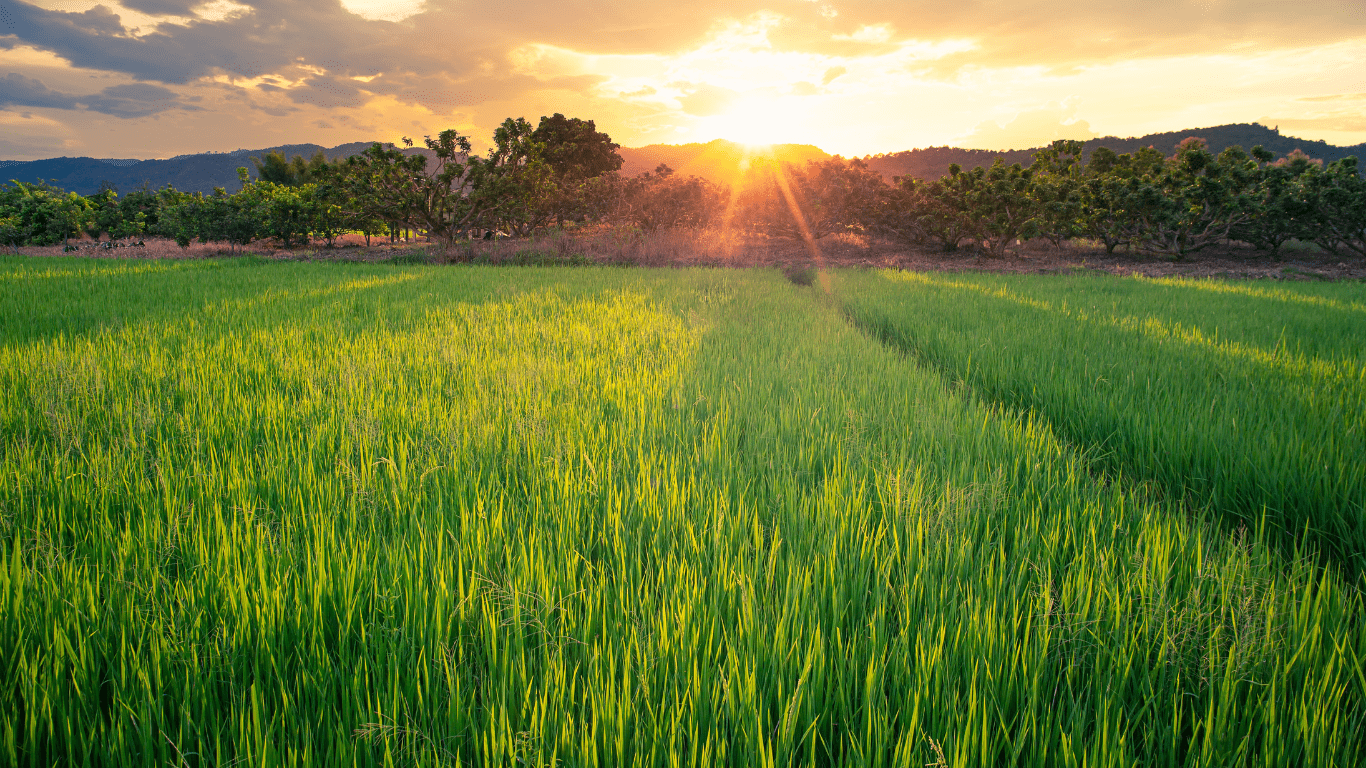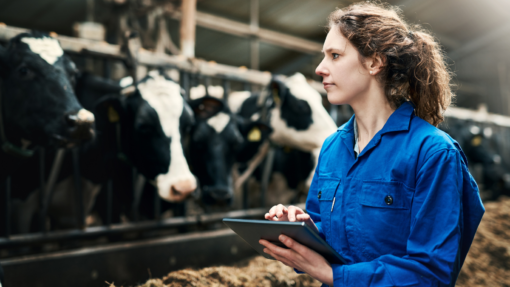The Mid-South region of the United States (Eastern Arkansas, Northeastern Louisiana, Northwestern Mississippi, and Southeastern Missouri) is a highly productive and extremely homogeneous agricultural region. The region produces the same crops (corn, cotton, rice, and soybeans), uses relatively the same types of agricultural management practices, and is highly dependent on groundwater for irrigation from the Mississippi River Valley alluvial aquifer (Massey et al., 2017). Producers in the Mid-South also depend heavily on access to rented cropland. Purchasing enough cropland to be economically viable would require a significantly large capital investment. In addition, the market for cropland is thin and only a small fraction of cropland changes hands annually (Bigelow et al., 2016). Renting cropland provides crop producers with the flexibility to adjust their farm size as conditions warrant to achieve the scale of operation needed to remain economically competitive. Renting cropland also helps young crop producers with limited capital get started in farming.
Just how important is rented cropland in the Mid-South? Figure 1 presents harvested cropland in the Mid-South by tenure of the operator (full owners, part owners, full tenants) for the five agriculture census years 2002 through 2022 (USDA, NASS, 2024). Full owners operate only on land they own, while full tenants operate only on land rented from others. Part owners operate both land they own and land they rent from others. Hence, harvested cropland for part owners in Figure 1 is split between owned and rented cropland for each census year. The numbers in Figure 1 demonstrate the magnitude of importance that rented cropland plays in Mid-South agriculture. Significantly more cropland in the Mid-South is rented rather than owned, and dependence on rented cropland in the region has grown over time. Rented cropland by part owners in the Mid-South trended upward across the five census years, ranging from 4.1 million acres in 2002 to 5.1 million acres in 2022. A significant number of acres in the region are operated by full tenants, ranging from 3.6 million acres in 2022 to 4.4 million acres in 2012. In contrast, cropland operated by full owners trended downward for the region from 2.2 million acres in 2002 to 0.8 million acres in 2017 and 2022, while owned cropland operated by part owners remained relatively steady in the region at around 2 million acres each census year.

Figure 2 presents the percentage of harvested cropland operated by each tenure classification across census years for the Mid-South. For comparison, the same percentages are presented for the United States in Figure 3. Rented cropland plays a stronger role in Mid-South agriculture than the United States as a whole. Adding the percentage of cropland operated by full tenants to the percentage of cropland rented by part owners reveals that the proportion of total cropland rented in the Mid-South has ranged from 65 to 76 percent of total cropland. In other words, two-thirds to three-quarters of all cropland acres in the Mid-South have been rented from others since the beginning of the 2000s. This compares with approximately one-half (46 to 50 percent) of cropland rented from others in the United States over the same period. The larger proportion of rented relative to owned cropland in the Mid-South is due largely to full tenants. Full tenant percentages for the Mid-South are 2.5 to 3 times greater than those for the United States in all five census years. The full tenant category is typically defined as being largely comprised of young producers with limited capital. However, the large full tenant percentages for the Mid-South reflect limited access to cropland for purchase within the region rather than a large prevalence of young producers.


So why is the practice of renting cropland so prevalent in Mid-South agriculture? The simple answer is that most Mid-South cropland is owned by entities or individuals who are not farmers. These non-operator landlords are landowners who are not actively involved with a farm operation but rent their land out to other farm operators (Bigelow et al., 2016). The largest portion of these non-operator landlords are individuals, followed by partnerships. A large portion of these entities are retired farmers who rely on lease payments to support them in their retirement. Trusts and corporations represent other types of non-operator landlords (Bigelow et al. 2016). Non-operator landlord entities tend to hold on to the land rather than sell it to retain their investment in the land. They often seek others to farm the land to maintain its productivity and to receive a return on investment in the land.
References and Resources
Bigelow, D. A. Borchers, and T. Hubbs (2016). U.S. Farmland Ownership, Tenure, and Transfer. United States Department of Agriculture, Economic Research Service, Economic Information Bulletin Number 161. August 2016. https://www.ers.usda.gov/webdocs/publications/74672/eib-161.pdf?v=7044.6
Massey, J.H., C.M. Stiles, J.W. Epting, R.S. Powers, D.B. Kelley, T.H. Bowling, C.L. Janes, and D.A. Pennington (2017). Long-Term Measurements of Agronomic Crop Irrigation Made in the Mississippi Delta Portion of the Lower Mississippi River Valley. Irrigation Science. 35:297-313.
USDA, NASS, (2024). United States Department of Agriculture, National Agricultural Statistics Service, Census of Agriculture. https://www.nass.usda.gov/AgCensus/index.php
Watkins, Brad. “The Importance of Rented Cropland to Mid-South Agriculture.” Southern Ag Today 4(18.3). May 1, 2024. Permalink






